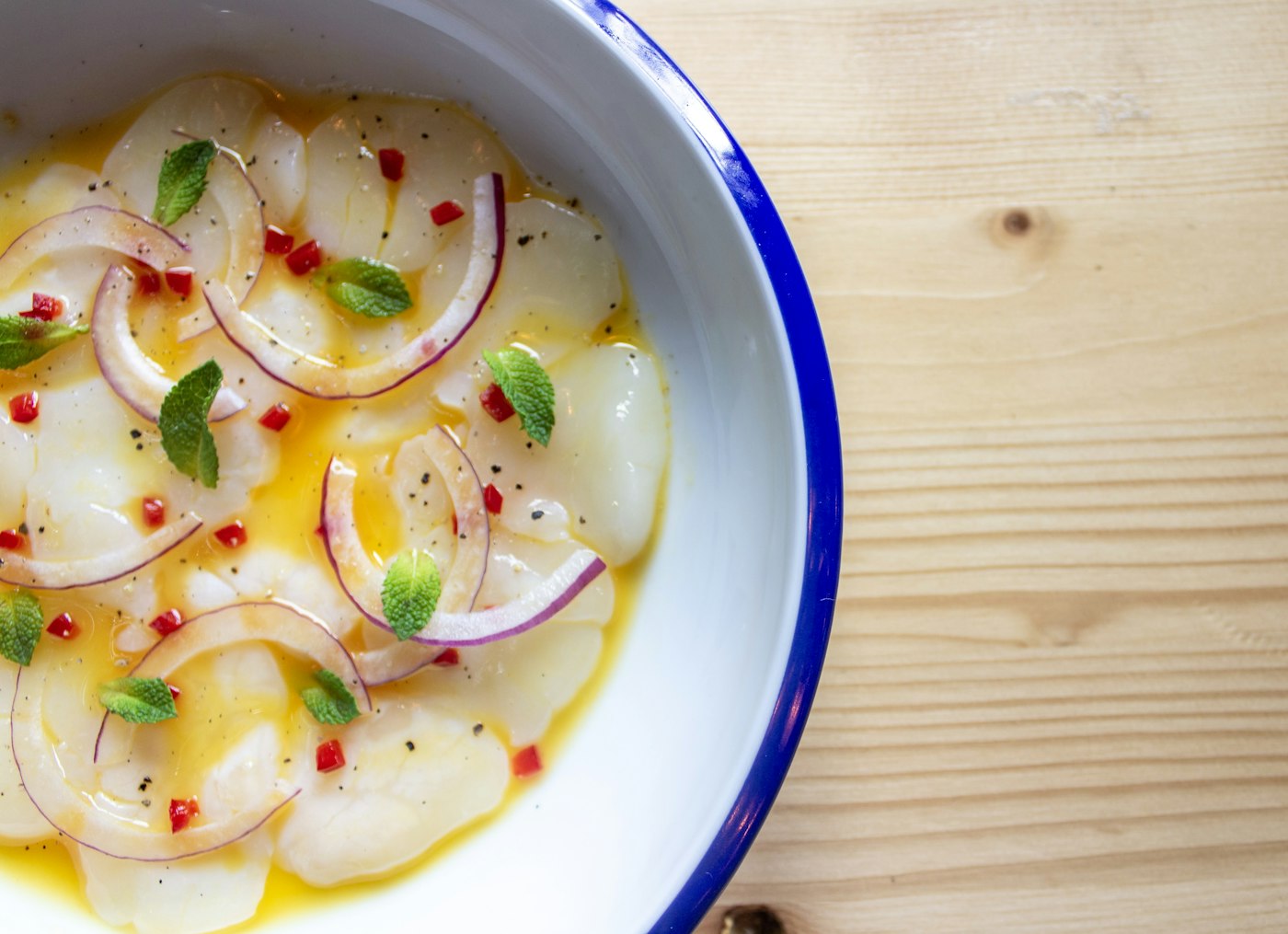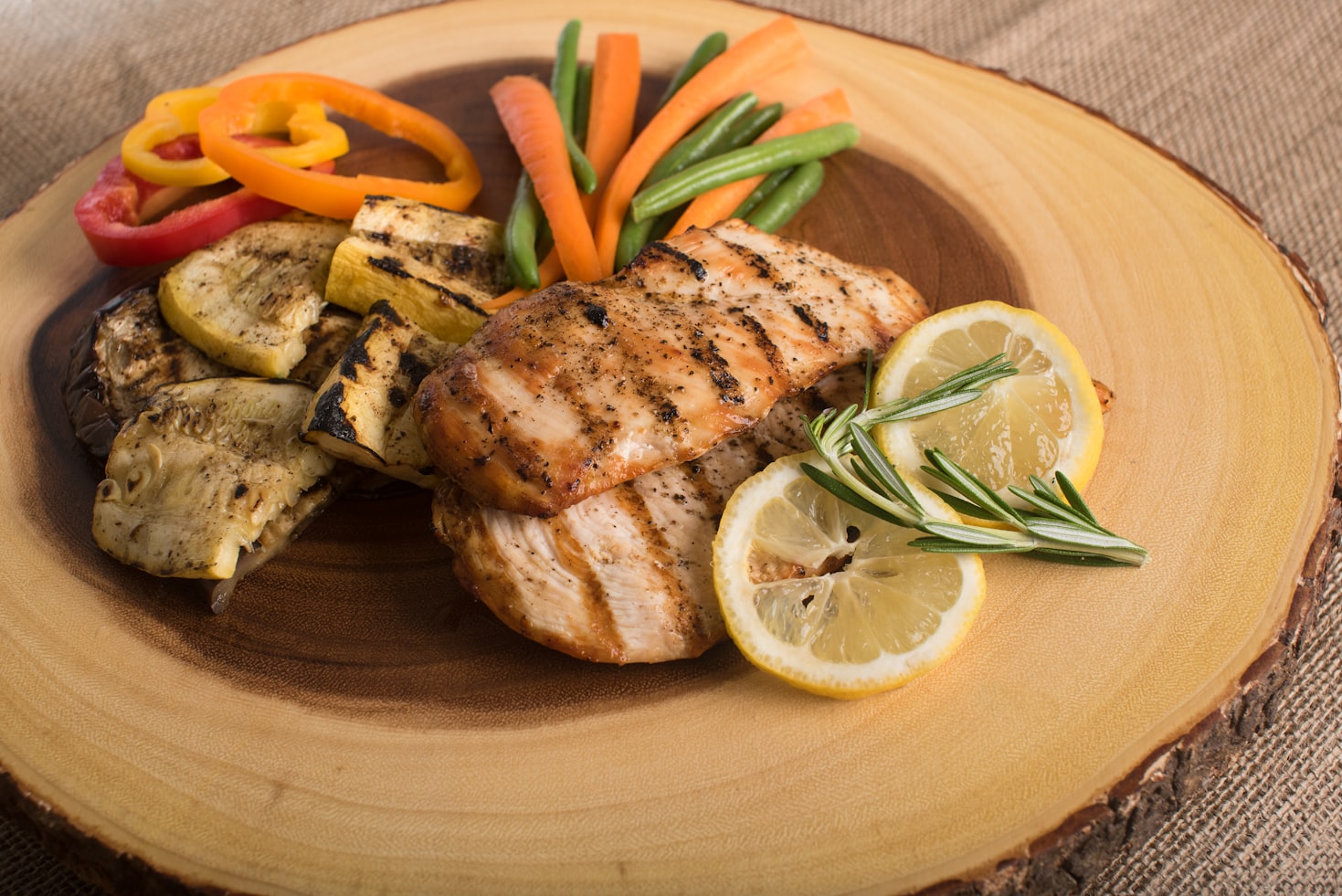How To Eat 100 Grams Of Fat Per Day on the Keto Diet
The ketogenic diet, or keto diet, is a low-carb, high-fat diet that has gained popularity for its potential health benefits, including weight loss and improved mental clarity. One of the key principles of the keto diet is consuming a high amount of healthy fats while minimizing carbohydrate intake. In this article, we will explore how to eat 100 grams of fat per day on the keto diet, providing you with valuable insights and practical tips to achieve your dietary goals.
Understanding the Keto Diet
Before diving into the specifics of consuming 100 grams of fat per day on the keto diet, it’s important to understand the basic principles of this dietary approach. The keto diet aims to shift your body into a state of ketosis, where it primarily burns fat for fuel instead of carbohydrates.
When you consume a high amount of carbohydrates, your body converts them into glucose, which is the preferred source of energy. However, when you restrict your carbohydrate intake, your body starts breaking down stored fat into molecules called ketones, which can be used as an alternative fuel source.
Calculating Your Fat Intake
On the keto diet, it is generally recommended to consume 70-75% of your daily calories from fat. To determine how many grams of fat you should aim for, you need to calculate your daily calorie intake and then convert it into grams.
Here’s a step-by-step guide to calculating your fat intake:
- Determine your daily calorie goal. This can vary depending on factors such as your age, gender, weight, and activity level. Consult with a healthcare professional or use an online calculator to get an estimate.
- Multiply your daily calorie goal by 0.75 to find the number of calories you should aim to get from fat.
- Since fat contains 9 calories per gram, divide the number of fat calories by 9 to get the number of grams of fat you should consume.
For example, if your daily calorie goal is 2000 calories:
2000 calories x 0.75 = 1500 calories from fat
1500 calories / 9 = 166.67 grams of fat per day
Choosing Healthy Fats
While the keto diet emphasizes consuming a high amount of fat, it’s important to choose healthy sources of fat to support overall health and well-being. Here are some examples of healthy fats to incorporate into your diet:
- Avocado: Avocados are rich in monounsaturated fats, which have been linked to various health benefits, including improved heart health.
- Olive oil: Olive oil is a staple in Mediterranean cuisine and is known for its high content of monounsaturated fats and antioxidants.
- Coconut oil: Coconut oil is a great source of medium-chain triglycerides (MCTs), which are easily converted into ketones by the body.
- Nuts and seeds: Almonds, walnuts, chia seeds, and flaxseeds are all excellent sources of healthy fats and provide additional nutrients such as fiber and minerals.
- Fatty fish: Salmon, mackerel, and sardines are rich in omega-3 fatty acids, which have been shown to reduce inflammation and support brain health.
Meal Ideas for 100 Grams of Fat
Now that you have a better understanding of the keto diet and how to calculate your fat intake, let’s explore some meal ideas to help you reach your goal of consuming 100 grams of fat per day:
- Breakfast: Start your day with a keto-friendly omelet made with eggs, cheese, avocado, and cooked in coconut oil.
- Lunch: Enjoy a salad with mixed greens, grilled chicken, olive oil dressing, and a handful of nuts or seeds.
- Snack: Have a serving of full-fat Greek yogurt topped with berries and a drizzle of almond butter.
- Dinner: Prepare a salmon fillet cooked in butter or ghee, served with roasted vegetables drizzled with olive oil.
- Snack: Enjoy a handful of macadamia nuts or a cheese plate with a variety of cheeses.
Frequently Asked Questions (FAQ)
1. Can I eat too much fat on the keto diet?
While the keto diet encourages a high intake of healthy fats, it’s important to maintain a balance and not overconsume calories. Eating excessive amounts of fat can hinder weight loss and lead to weight gain. It’s crucial to calculate your fat intake based on your specific calorie needs.
2. Can I consume unhealthy fats on the keto diet?
While the keto diet allows for a higher intake of fats, it’s still important to prioritize healthy fats. Consuming unhealthy fats, such as trans fats found in processed foods, can have negative effects on your health. Stick to sources of healthy fats like avocados, nuts, and olive oil.
3. Can I eat carbohydrates on the keto diet?
The keto diet is a low-carb diet, so it’s important to limit your carbohydrate intake. Most people aim to consume less than 50 grams of carbohydrates per day to achieve and maintain ketosis. Focus on consuming non-starchy vegetables and small amounts of low-carb fruits.
4. Can I eat too much protein on the keto diet?
While protein is an essential macronutrient, consuming excessive amounts of protein on the keto diet can hinder ketosis. The body can convert excess protein into glucose through a process called gluconeogenesis, which can disrupt ketosis. It’s important to moderate your protein intake and prioritize healthy fats.
5. Can I eat dairy products on the keto diet?
Dairy products can be included in the keto diet, but it’s important to choose full-fat options and be mindful of your overall carbohydrate intake. Some dairy products, such as milk and yogurt, contain higher amounts of carbohydrates, so it’s important to read labels and track your intake accordingly.
6. Can I eat out on the keto diet?
Eating out on the keto diet can be challenging, but it’s not impossible. Look for restaurants that offer keto-friendly options or modify dishes to fit your dietary needs. Focus on protein and vegetable-based dishes, and ask for dressings and sauces on the side to control your fat intake.
Summary
The keto diet is a popular dietary approach that emphasizes consuming a high amount of healthy fats while minimizing carbohydrate intake. To eat 100 grams of





